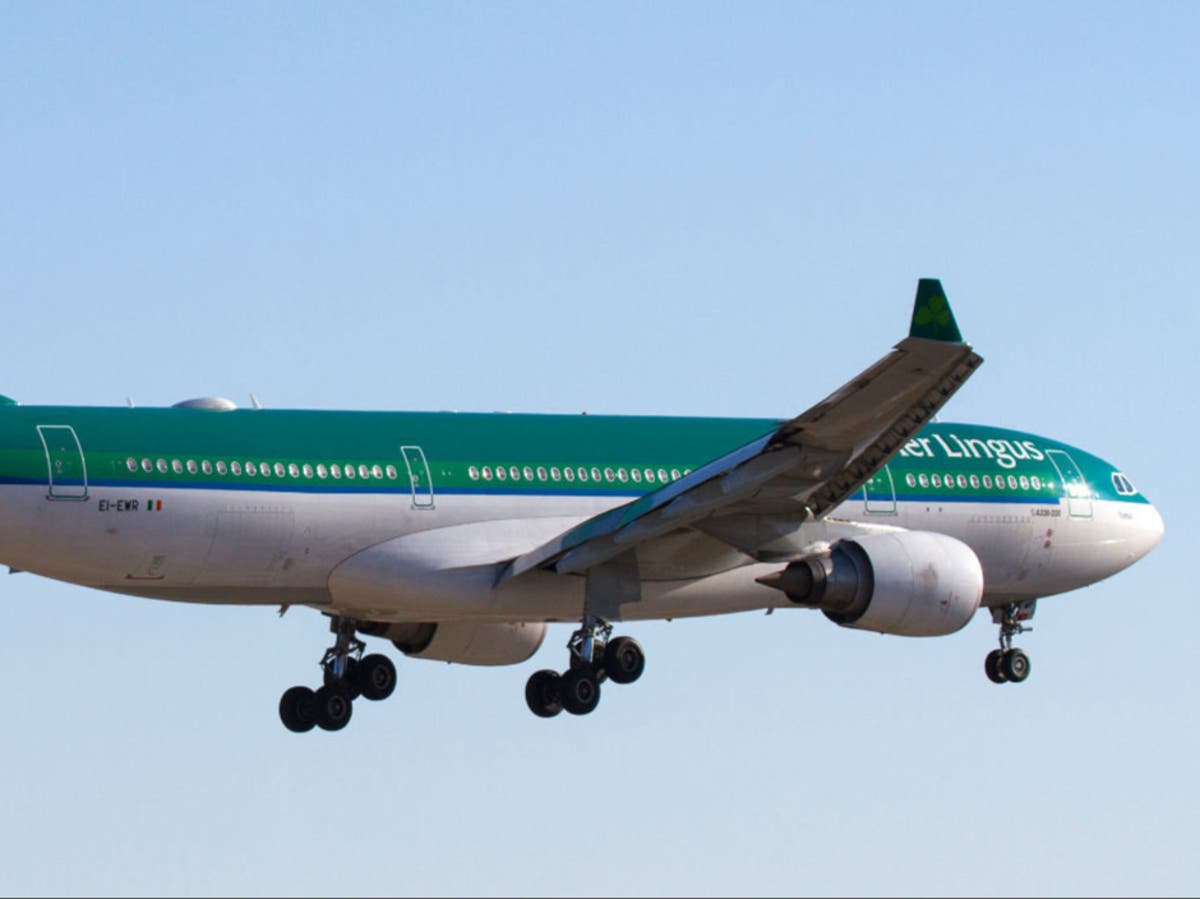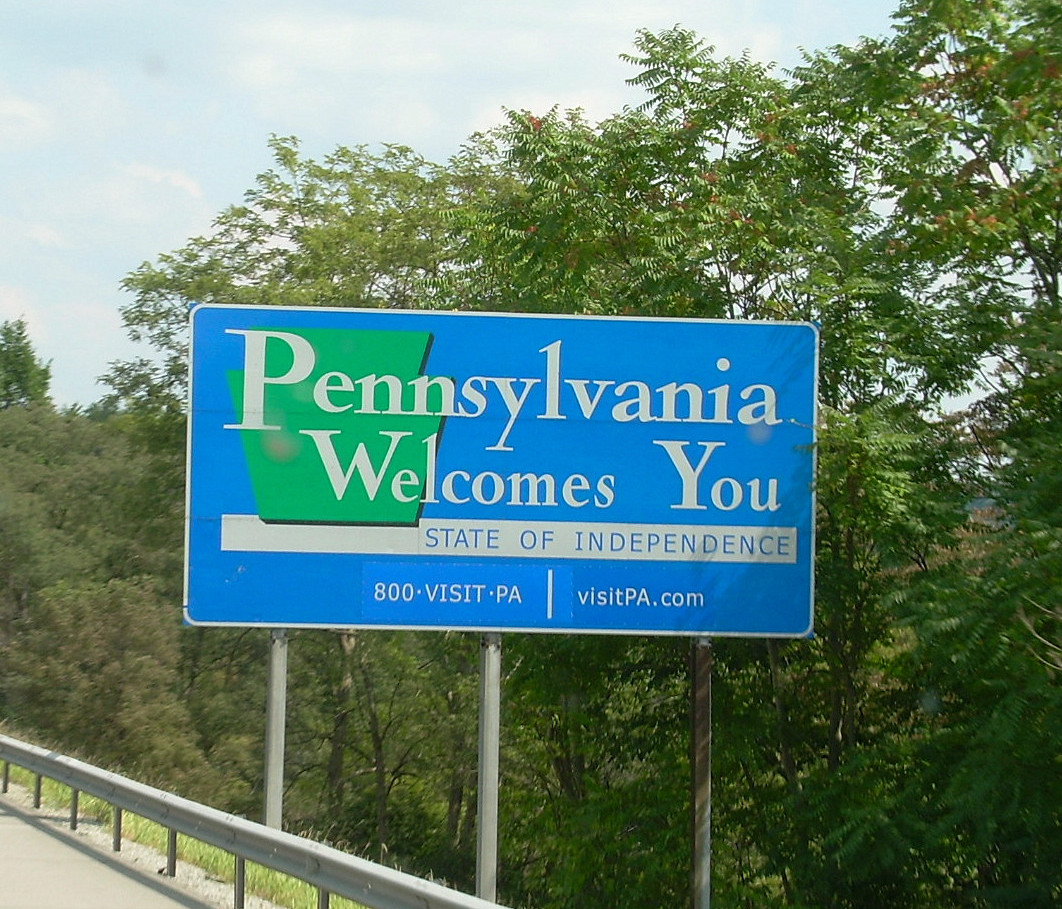Travel
Preclearance for travel to the US – how does it work and what do you need?

If you’ve flown the Atlantic to the USA, perhaps you know the feeling: you’re exhausted after a long flight – and you might then spend an hour or more lining up for American immigration.
Edinburgh airport aims to solve that problem, by clearing transatlantic passengers through US border formalities while they’re still on Scottish soil.
Preclearance is already in effect at nine Canadian airports, Dublin and Shannon in Ireland, the island nations of Aruba and Bermuda as well as Abu Dhabi in the UAE.
To bring the facility to the UK requires a deal to be struck between American and British governments. Edinburgh airport CEO Gordon Dewar told The Independent: “We’re really confident we can have that up and running about two to three years after the signing of the agreement.”
So how does preclearance work – and what are its benefits? These are the key questions and answers.
What is preclearance?
Very simply, you turn up at your departure airport for the US; check in as normal and go through security. But then there’s another check waiting, fully staffed by US Customs and Border Protection.
The officer at the desk will process you into the United States. You then step aboard your flight, and when you arrive in America instead of going through the usual formalities you’re treated as a domestic arrival – and can leave the airport, or transfer to another flight, immediately.
The closest the UK gets to anything similar is for travellers from England to France: at the port of Dover, the Folkestone Eurotunnel terminal and London St Pancras, the Eurostar station, travellers pass through French frontier controls and are treated as though they’re actually in France before they board a ferry or train.
How is the Dublin experience?
There’s an entire mini-terminal devoted to transatlantic travellers. From my experience it works extremely smoothly. Unlike on arrival at the US, when 300 people turn up at passport control all at once on a plane, there’s a smooth flow of people and rarely any significant queues.
Many people from outside Ireland like the idea, and there’s a lot of connecting traffic – much to the benefit of the Irish airline Aer Lingus and Dublin airport.
Gordon Dewar, chief executive of Edinburgh airport, says he’s keen to emulate the success of the Irish capital: “If you look at what Dublin have achieved, they’ve got a similar size population to Scotland in Ireland and yet they’ve probably got about four times as much connectivity to the States and a big part of that is about Preclearance.”
Is there a race among UK airports to attract preclearance?
There certainly was prior to the pandemic. In particular, Heathrow was working towards the goal, because it has far more US flights than any other airport in Europe. Yet with airports making huge losses during Covid, the appetite appears to have subsided – because there are large costs involved. Heathrow’s transatlantic flights are spread across terminals 2, 3 and 5, with duplicate facilities required at each.
Manchester airport does not detect much of an appetite for preclearance among airlines.
The other player is London Gatwick, which has the same owner as Edinburgh airport, and it could be that the Scottish and English capitals work together through the tangle of red tape that needs to be addressed.
How soon could it happen?
Years rather than months. First, the American and UK governments need to agree, and in an election year in both nations there’s quite a lot of distractions. Once an intergovernmental agreement is signed, there needs to be more work with Customs and Border Protection and also the Transportation Security Administration.
So if a deal can be struck this year, it might be the summer of 2027 when you’re cleared to arrive in the US before you’ve even left Scotland.








